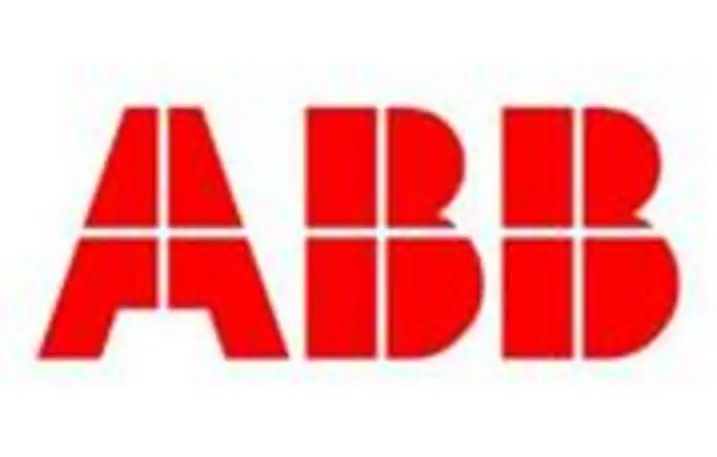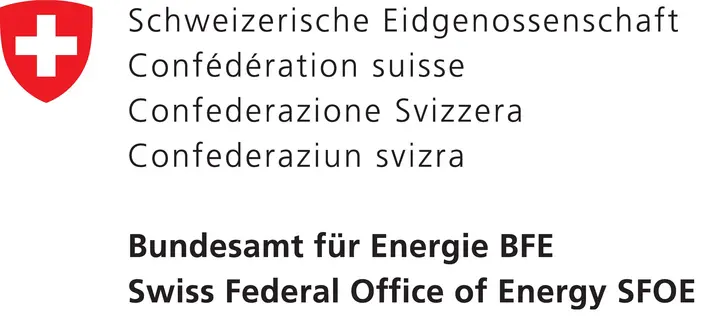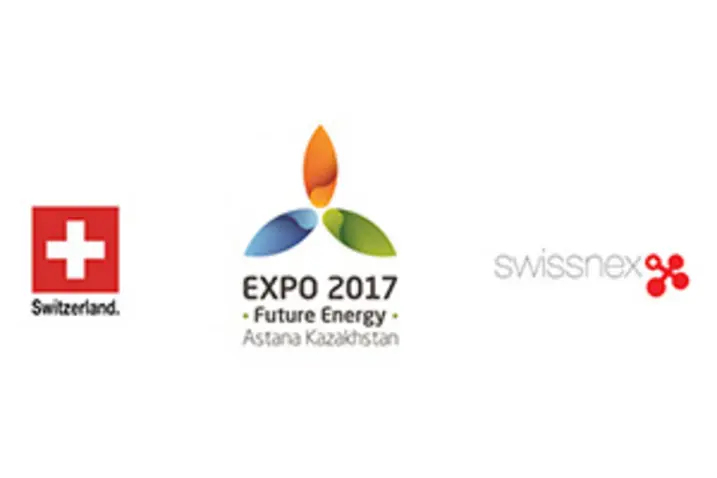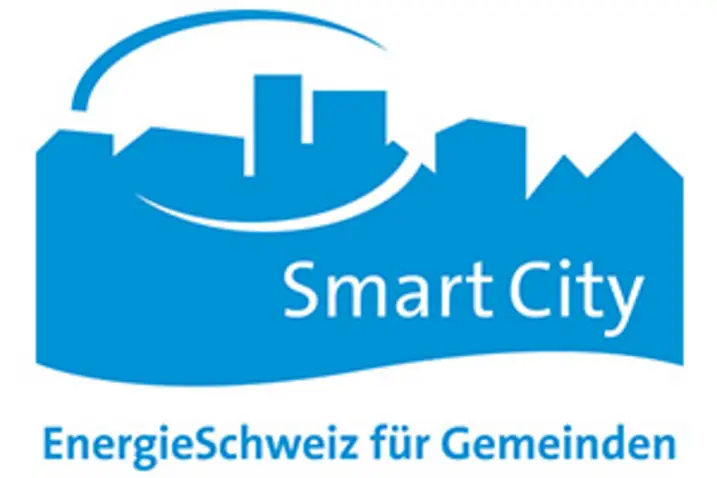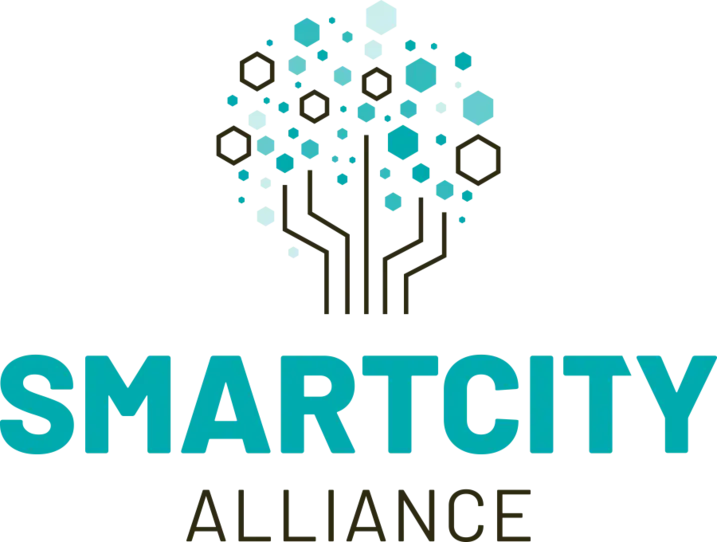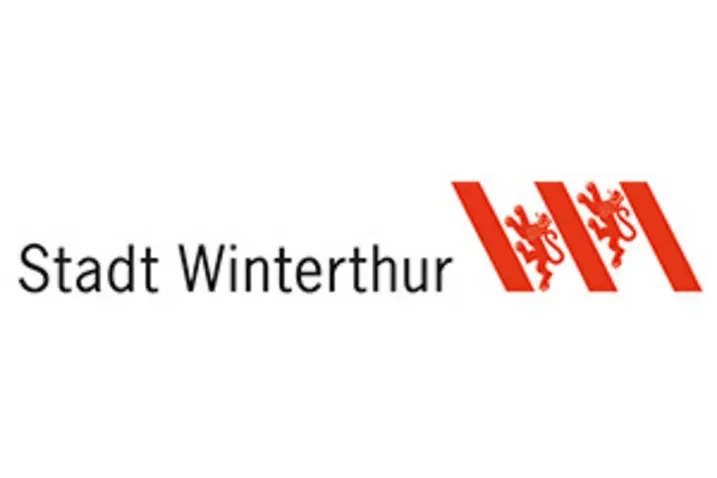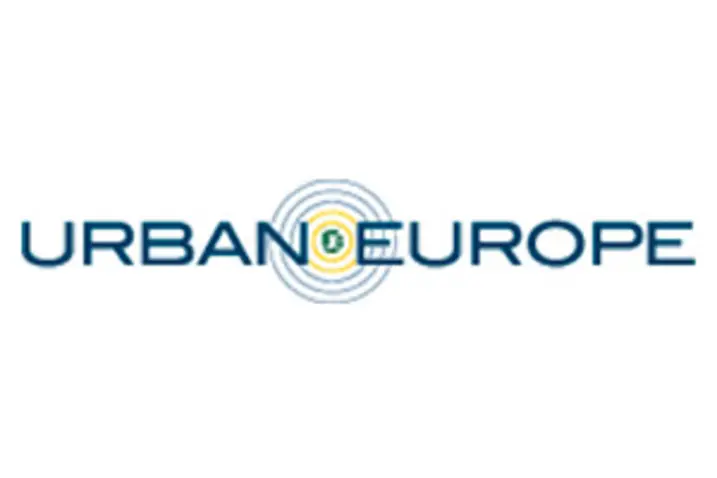Platform Smart Cities & Regions
Approaches to designing smart cities & regions are based on modern innovation processes and the convergence of applications, technologies and people. This platform brings together the ZHAW’s research skills and experience in the development of smart cities & regions.
Smart cities & regions are innovative, forward-looking, interlinked municipalities, cities and city regions which are designed around people and focused on respect for the environment. They are characterised by a high quality of life and an efficient use of resources.
They achieve this by creating intelligent links between their infrastructure and modern technology and by involving the relevant actors. The concepts on which they are based pay due heed to societal, economic and environmental considerations.
Thanks to its interdisciplinary expertise, the ZHAW is ideally qualified to act as a scientific partner in the development of smart cities & regions, be it through applied research and development work, services, training and continuing education courses, or events.

Key topics and areas of research
- Strategies, concepts and transformation processes
- Actors and stakeholder involvement, innovation networks
- Participative foresight, scenarios, modelling, simulations using Polysun and other techniques, digital 3D twin cities
- Big city data analysis, visualisation
- TREES, regional energy systems, decentralised energy systems, smart planning for large sites and city districts
- Smart Urban Isles, with networked links between buildings, energy production, energy demand, electromobility and energy storage
- Thermal energy networks, anergy networks, thermal energy management
- Smart grids, energy storage, batteries, smart metering
- Local renewable energy, PV, autonomous solar-power walls
- Smart mobility systems and solutions, BiCar, charging stations, traffic simulation, mobility lab
- Sharing economy, car sharing, service engineering
- Wireless systems, energy harvesting, LoRa, Internet of things
- Cloud computing lab, smart cell technology
- Digital signals processing, sensor technologies, telecommunications engineering
Presentations and publications
- Panel discussion «Smart and Sustainable Cities», Swiss Innovation FEST, Vancouver 2024
- Smart City activities on the rise in Swiss cities, media release 2023
- INUAS-Ringvorlesung «Zukunft urbaner Lebensräume»
- IF08 Smart-City-Partnerschaften, Swiss Green Economy Symposium, Winterthur 2020
- Enhancing citizen participation through serious games in virtual reality, REAL CORP 2019
- Smart Cities in Theorie und Praxis: Szenarien, Strategien und Umsetzungsbeispiele, ZHAW 2017
- Treiber und Barrieren auf dem Weg zu einer Smart City, ZHAW 2016
Research projects
Smart City Guide
For the majority of small and medium-sized towns and municipalities, the introduction of the smart city theme is proving to be challenging. While pioneering cities have already gained initial experience in the implementation of smart cities in recent years, small and medium-sized cities need adequate support to get started. In order to meet this need, a guideline was drawn up on behalf of the Swiss Federal Office of Energy in cooperation with a support group. The guide presents various steps, instruments, variants and practical examples for the implementation of Smart Cities, from which interested cities can choose according to their needs.
Smart City Winterthur
As a city with a progressive attitude to energy use, Winterthur is keen to work with industrial and research partners to extend its activities in the field of sustainable energy supply and city planning. Smart City Winterthur (SCW) was established in 2013 as a collaborative initiative between the city of Winterthur, the ZHAW and the energie bewegt winterthur (in English, “energy moves winterthur”) association.
Participative Foresight for Smarter Cities
Smart city (SC) concepts are playing an increasingly important role in energy and city planning. Many completed SC projects demonstrate the vital importance of taking a systematic, integrative approach to these initiatives. When SC projects are being planned, conventional planning tools and approaches often prove ineffective if they are applied in a top-down fashion, adopt a short-term time horizon or do not allow for sufficient interaction between stakeholders and the various disciplines involved.
Swiss Smart City Survey
Regular survey on the state of development and trends as well as the needs of cities and municipalities in Switzerland in their transformation to Smart Sustainable Cities & Communities and in the implementation of Smart City solutions.
Adaptive energy management for buildings
40 percent of the energy consumed worldwide is used for heating, ventilation and air conditioning in houses and apartments. As a result, measures to reduce primary energy consumption are a highly desirable objective. Efficient energy use requires optimisation from the point of view of both energy and entropy. While most current technologies are focused on energy savings, the model-based control system used in this project’s innovative heating system also achieves enhanced entropy performance.
AMANDA energy-autonomous, smart sensing card
The AMANDA project aims to stretch the limits of Electronic Smart Systems’ autonomy and miniaturization. Its ultimate goal is to develop and validate a cost-attractive next generation Autonomous Smart Sensing Card that will serve multi-sensorial IoT applications for smart living and working environments, such as to control the room temperature and lighting conditions, to monitor the air quality or to locate objects and people in real time.
Social Power Projekt
Social Power is a joint research project being carried out by the University of Applied Sciences and Arts of Southern Switzerland (SUPSI) and the ZHAW. Its purpose is to develop and test an innovative game app for smartphones and tablets. The app aims to raise consumers’ awareness of the scope they have for saving energy at home. The project is researching the potential for using social interactions (such as exchanging energy-saving tips) and a range of game-based mechanisms to encourage households to adopt enduring habits which promote the sustainable use of energy.
SCW Smart Districts
The objective of this project was to design the renovation work carried out in the Talgut district of Winterthur in such a way that its use of energy and other resources was reduced. To that end, the ZHAW worked with the housing associations involved to develop a number of technical and community-oriented initiatives. The insights gained from this exercise have been summarised in a set of guidelines on smart districts for housing associations, site developers and towns and municipalities.
BICAR sharing concept
The BICAR combines the low cost and modest storage-space requirements of an e-bike with the functionality and comfort of an electrically powered car, thus ideally meeting the needs of most urban users. BICAR is more than a prototype vehicle, however. It is also an open research platform which allows interested parties to develop new ideas and concepts for more sustainable urban mobility and to test them both in the laboratory and in practical conditions.
ENSCC Smart Commuting
This project examines new ways of combining living and working through the use of modern, smart transport-system services and sustainable commuting concepts. Technological advances, commuting trends and changes in the world of work are making employees more mobile. This is a trend with far-reaching consequences, since long commuter journeys encroach on employee’s leisure time, thus potentially impacting their productivity.
Developing new behaviour models to simulate people flows
Throughout the world, increasing attention is being paid to methods of simulating people flows. This project aims to develop new methods which will significantly enhance the results of such simulations and reduce the time required for carrying them out. In order to reduce calculation times and offer additional functionality, the project will also deliver a cloud-based solution as well as a conventional desktop module.
Emergency Recognition through Energy Data
A comparison of regularly recurring day-to-day activities with the energy used to perform them provides an indication of whether a person’s habits are changing. By monitoring energy use, it should be possible to provide appropriate professional help in the event of an accident and to react quickly in the event that the course of an illness changes. Especially for older people with impaired cognitive powers, this method could help to maintain good health with the lowest possible technical outlay, thus ensuring greater overall safety.
Urban Plant
The costs of the solar panels now account for only about half of the overall cost of photovoltaic installation. Thus, while cheaper solar panels still have a part to play in reducing the cost of solar-power installations, the economic viability of solar-energy installations now critically depends on new construction concepts. Light Energy Systems AG has taken an innovative approach in this area by building light-frame solar panels which, when necessary, can be safely stored in a protective box.
H-DisNet
The H-DisNet project is engaged in developing a new technology for thermal-energy networks which not only heats and cools, but also humidifies and dehumidifies. To achieve this, the new system uses thermochemical heat-transfer fluids instead of water. This makes it possible to store and transport energy without loss. Because the stored thermal energy is not released until the thermochemical heat-transfer fluid is activated by contact with water, it can be deployed with great precision. The system can use a variety of energy sources including hitherto-untapped exhaust heat and thermal energy from renewable sources even at low temperatures.
Low-power Wireless Embedded Systems
Wireless embedded systems with optimised energy-consumption characteristics make it possible to create a whole range of new applications, products and services. The Internet of things is one of the many areas which demonstrate the transformation that this technology can unleash. By establishing wireless connections across a multitude of small, low-cost embedded systems, it is possible to create a host of distributed, intelligent applications. Because the end devices throughout the network communicate with each other automatically, these systems can record and process large quantities of data. This has significant implications for many processes used in day-to-day life.
Bluetooth Low Energy sensors
In the HF and UHF range, RFID-based passive sensors can only be used to identify parameters such as temperature, pressure and humidity over short distances. Often it would be desirable to store and process these measurements centrally at a somewhat more distant location. For active, battery-powered sensors, Bluetooth Low Energy (BTLE) technology now provides an alternative to RFID solutions.
Participating institutes & centres
- Institute of Sustainable Development (INE)
- Institute of Applied Mathematics and Physics(IAMP)
- Institute of Data Analysis and Process Design (IDP)
- Institute of Computational Physics (ICP)
- Institute of Energy Systems and Fluid Engineering (IEFE)
- Institute of Embedded Systems (InES)
- Institute of Applied Information Technology (InIT)
- Institute of Signal Processing and Wireless Communications (ISC)
- Institute of Product Development and Production Technologies (IPP)
- Institute of Innovation and Entrepreneurship (IIE)
- Institute of Facility Management (IFM)
- Institute of Public Management (IVM)
- Institute of Diversity and Social Integration (IVGT)
- Institute of Natural Resource Sciences (IUNR)
